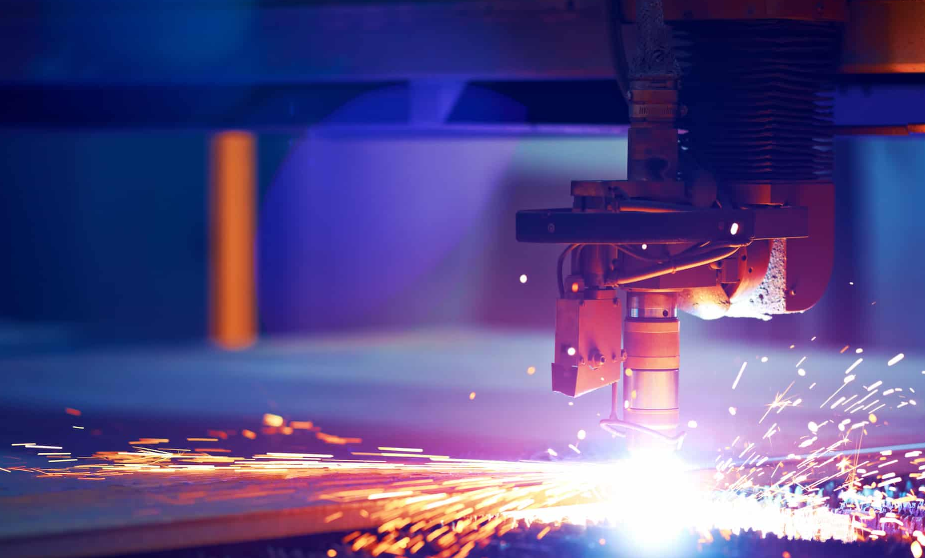In the evolving landscape of manufacturing and design, laser cutting stands out as a revolutionary tool that has transformed how ideas take form. This technology, based on directing a high-powered laser through optics, cuts materials with precision and efficiency, offering limitless possibilities to industries and creatives alike. As we delve into the versatility of laser cutting service in the UK, we uncover not only its broad application across various sectors but also how it catalyzes innovation and design freedom.
Unparalleled Precision and Clean Cuts
Traditional cutting methods often fall short when it comes to intricate designs, but laser-cutting shines, enabling designers to execute complex patterns and shapes with finesse. The laser beam’s ability to focus on a small area results in clean cuts with smooth edges, thereby reducing the need for post-processing and allowing for the creation of intricate designs that were once deemed impossible.
Material Versatility
Another facet of these services that underscores their versatility is the wide range of materials they can handle. From metals such as steel, aluminium, and brass to non-metallic materials like wood, acrylic, glass, and fabric, the adaptability of cutting opens up a world of possibilities for product development and customization. This flexibility makes it a sought-after tool in industries such as aerospace, automotive, fashion, and interior design, where the material requirements vary significantly across projects.
Rapid Prototyping to Mass Production
The speed and efficiency of these services are unparalleled, making them an ideal solution for rapid prototyping as well as mass production. Designers and engineers can quickly transition from concept to prototype, allowing for faster iterations and refinement of designs. Moreover, the scalability of this means that transitioning from a prototype to full-scale production can be achieved without the need for extensive tooling changes, significantly reducing production time and costs.
Sustainability and Waste Reduction
In an era where sustainability is paramount, this offers an eco-friendly alternative to traditional manufacturing processes. The precision of this reduces material wastage, as designs can be tightly nested to maximize material use. Additionally, the process is clean, with minimal by-products, contributing to a smaller environmental footprint. This aspect is particularly appealing to businesses and consumers who prioritize sustainability.
Conclusion
The versatility of laser cutting services in the UK is undeniably game-changing across various industries. Its ability to deliver precision, accommodate a vast range of materials, expedite production processes, and promote sustainability underlines its significance in modern manufacturing and design. As technology advances, the capabilities of laser alignment-cutting will only expand, further unleashing creativity and innovation.

